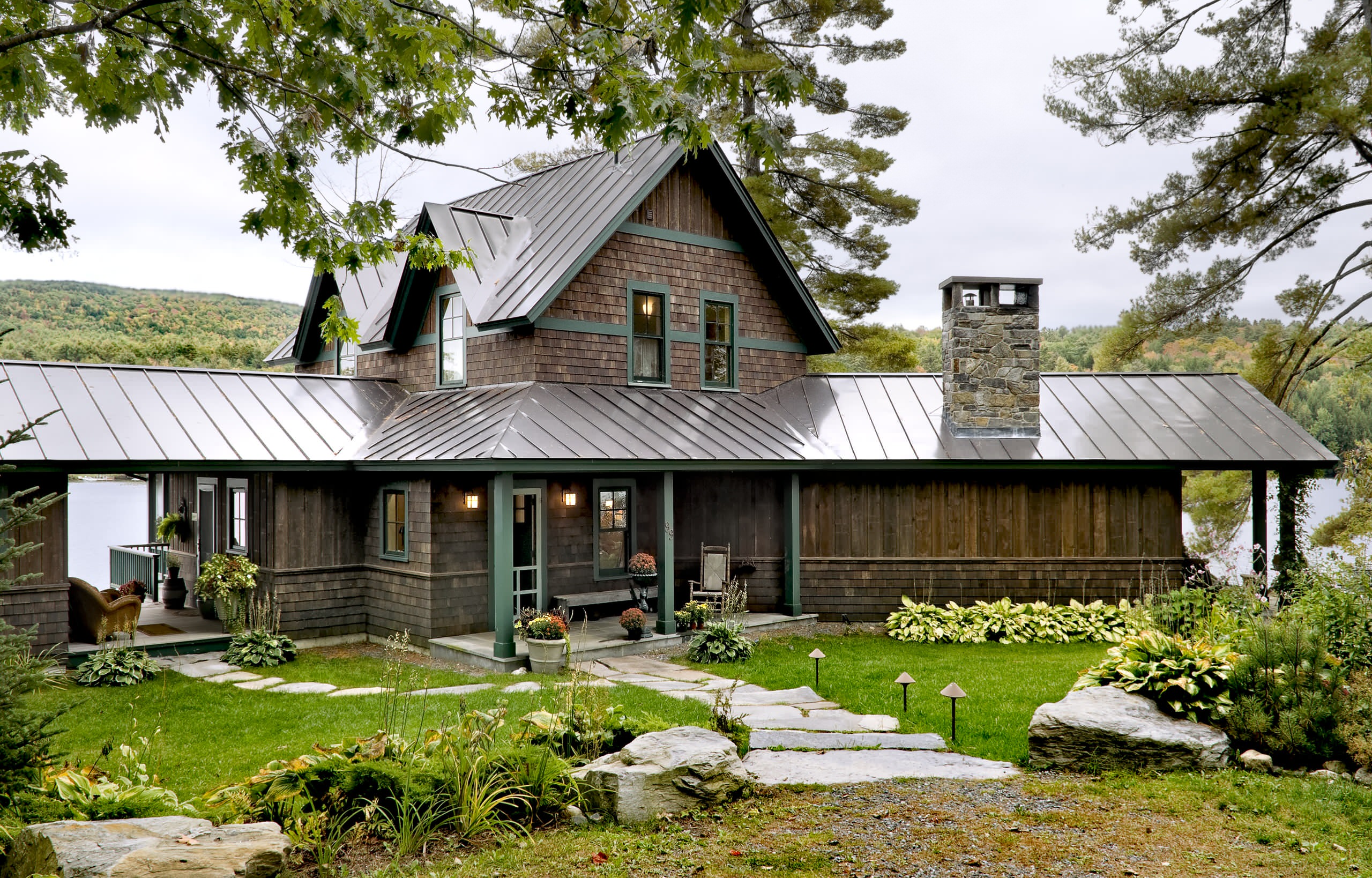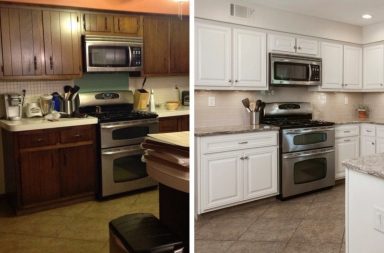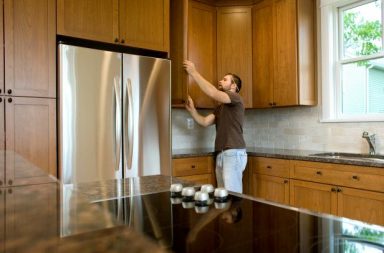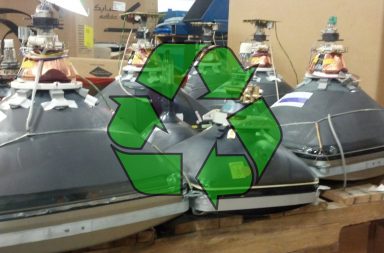It’s got to be done…
You grew up hearing the screams, “clean your room!” Now that you’re an adult with a home of your own, you may not have the motivating factor of your mom’s urgency, but you pretty much know what needs to be done. If you had a peeling and damaged floor you wouldn’t neglect it would you? The same reasoning and logic should also be true for any other part of your home.
Just like you, roofs don’t stay young forever. They age. Damage becomes visible. Often they are neglected, obviously so. The state of your roof in many ways reflects on the state of your life. It it’s in disarray, your roof likely isn’t pretty or a priority. But if you prefer not to have anyone speculate about you or even give you a second thought, it’s best to properly maintain that which keeps you warm and dry (thereby drawing no attention to yourself). Bottom line: you should be cleaning your roof every once in a while.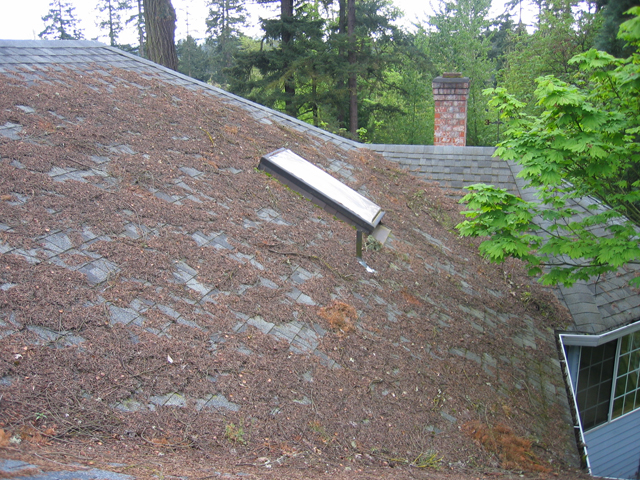
There is a variety of reasons as to why roof shingles get dirty. Often, falling debris is responsible for making the roof unsightly. There could be leaves, branches, sticks, pine straws and pinecones, even giant clumps of brush from large trees. You can count on animals such as birds and squirrels to leave their own messes behind, too. Whether it falls directly or is blown onto the surface, all the dirty bits and fragments need to be removed.
Besides that a filthy roof just plain looks bad, it will also affect a home’s value potential for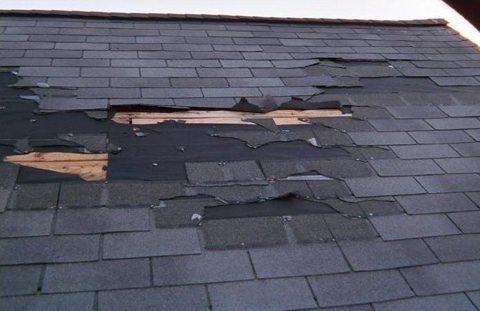 resale. It may also lead to roof damage. A mass of debris is likely to form a dam of sorts that prevents the rainfall from properly draining. This causes water to collect and get under the shingles. As a result, leaks may form and rotting can start in the roof docking which can lead to leaking inside the home. Water damage could follow, infecting the walls, sheetrock, floors, etc… always keep your roof clear of debris (in the dry summer it poses another danger as a fire hazard).
resale. It may also lead to roof damage. A mass of debris is likely to form a dam of sorts that prevents the rainfall from properly draining. This causes water to collect and get under the shingles. As a result, leaks may form and rotting can start in the roof docking which can lead to leaking inside the home. Water damage could follow, infecting the walls, sheetrock, floors, etc… always keep your roof clear of debris (in the dry summer it poses another danger as a fire hazard).
Of course, you can clean debris by hand, but when it comes to working on your roof it is always recommended to hire a professional. Debris is generally light and usually doesn’t require any machinery to remove it. Although one may choose to use a blower and air pressure it all away. It requires less physicality than bending over and picking stuff up and you won’t get as dirty. But it doesn’t actually dispose of the debris. Using a broom with light pressure should be the next step, to sweep away the remaining loose dirt and dust.
Also plaguing the welfare of healthy rooftops everywhere are ominous black stains. These large blemishes are actually roof mold, formed by dead algae on the shingles. Often it is the North side of the roof that falls victim to this living stain, as it thrives in the dampness away from the sun. It isn’t harmful, necessarily; it just feeds off the limestone present in the shingles (the installation of algae resistant shingles is an immediate solution, but it’s not cost effective, really, and it is mostly a cosmetic problem after all).
There are plenty of easy-to-make do-it-yourself formulas that include bleach, hot water, soap and a host of other ingredients. By all accounts they’re mostly trusted and effective. But, using an untested solution could result in any level of damage. You will want to test your solution first, by using a spare shingle or two (buy them, if necessary) and spraying the cleaner onto the surface to confirm there are no adverse effects. Check your shingle warranty. Once it all looks good, apply it to the roof. Again, having a professional do the work is highly recommended.
Avoid having anyone use a pressure washer on the top of your home. It is not a good idea to pressure wash the roof! It will likely disqualify you from the roofs warranty as well as damage it physically by blowing away granules that are intended to protect the asphalt from the sun and its UV rays. Once there are too many granules missing you’re left with no other option but to replace your roof completely.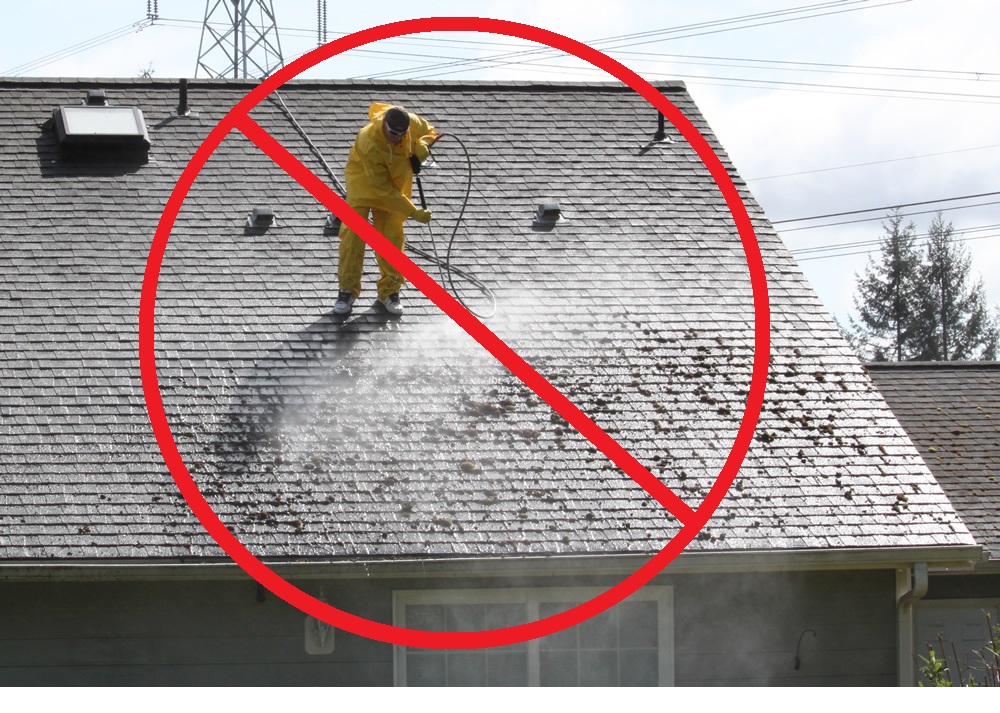
We’ve recommended that you always opt to have a professional do the work on your roof, and here’s why. Most importantly is the possibility that you may fall off, which could very easily cause death. There’s no coming back from that. Especially if the roof is slick or wet it’s a great risk.
In the near future we will address other potential threats to your roof, such as the growth of moss, which can be far more dangerous than the mold that is easily washed away. In the meantime stay safe and maybe take up some risk-free home maintenance tasks like cleaning your washing machine.
